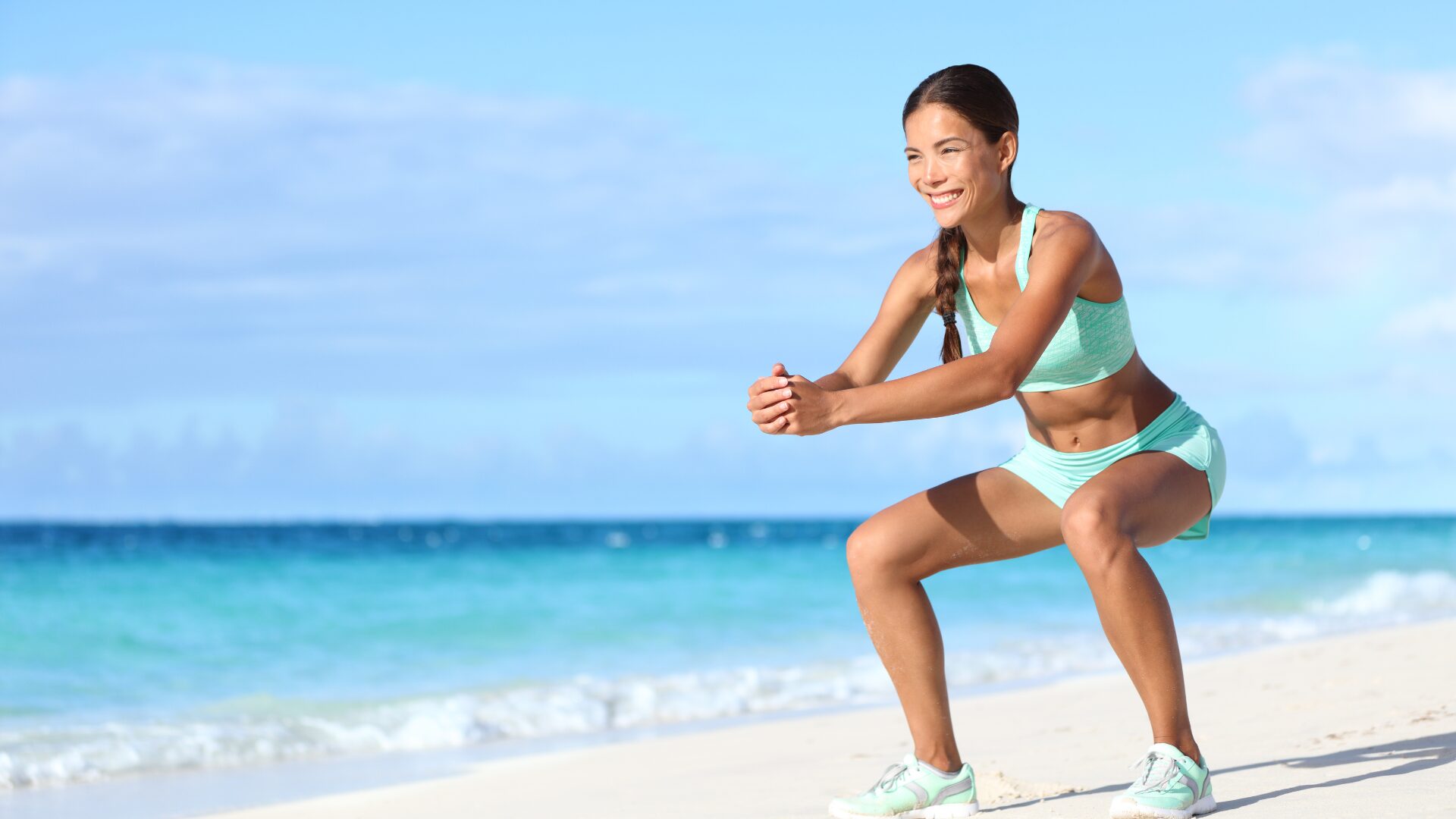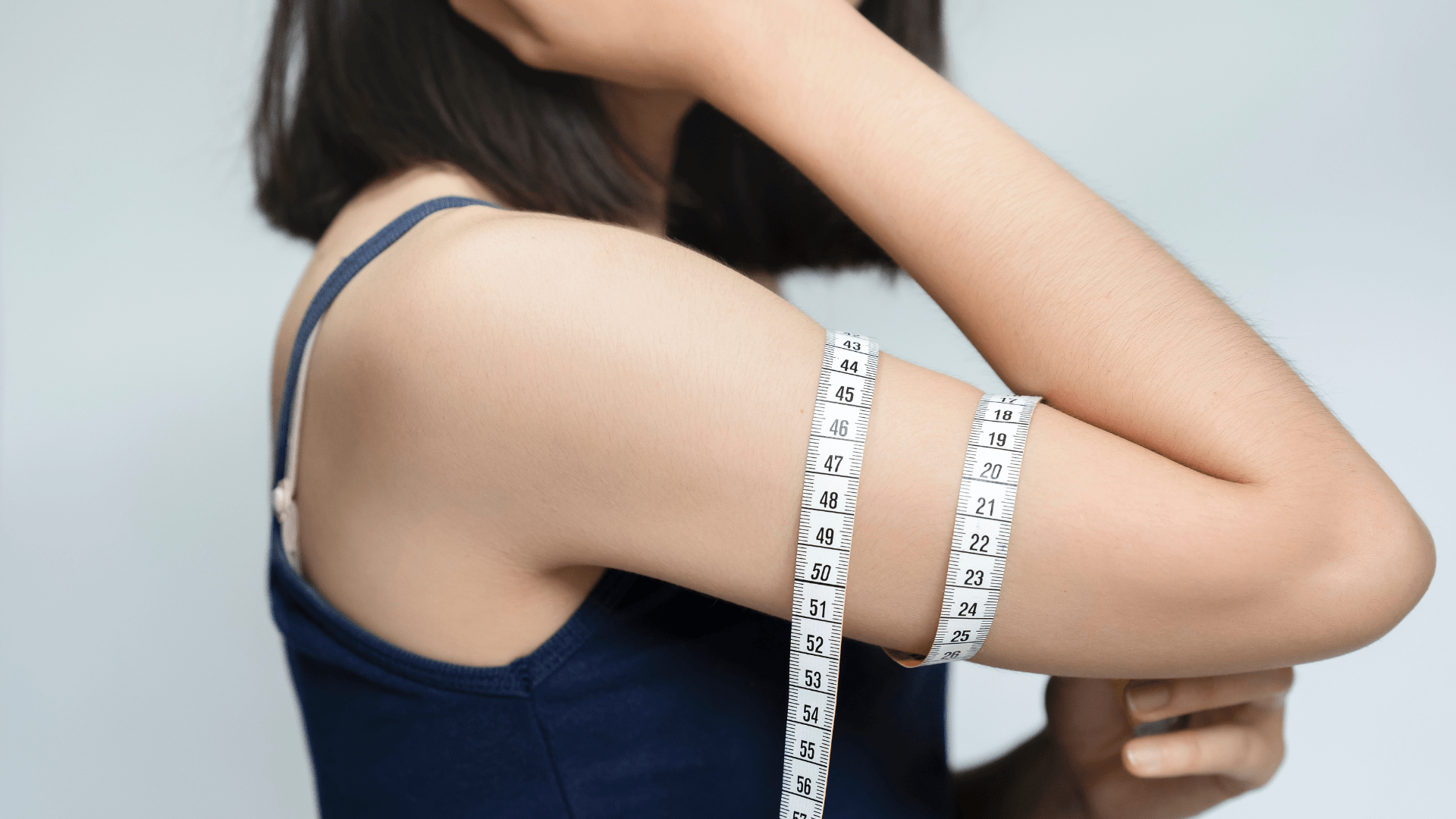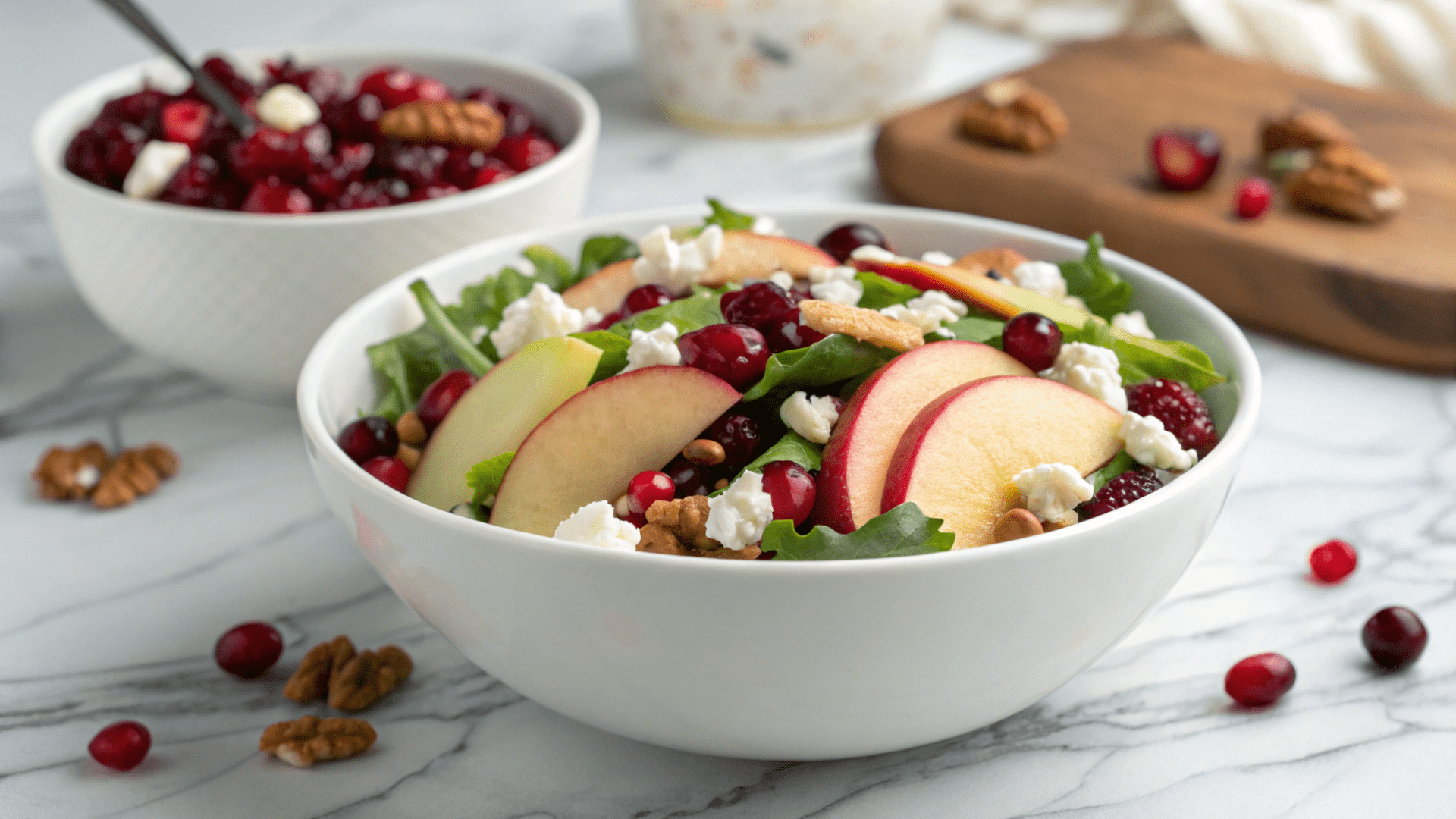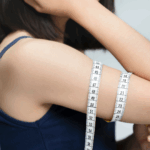The Best Quadriceps Exercises for Women

Hey there! Looking to strengthen those quad muscles? Well, look no further because we’ve got you covered.
In this article, we’ll be sharing the best quadriceps exercises specifically tailored for women. Whether you’re a fitness enthusiast or just starting out, these exercises are designed to target and tone your quads, helping you achieve stronger, shapelier legs. So, without further ado, let’s jump right into it and get those quads burning!
1. Squats
Squats are an excellent exercise for targeting the quadriceps muscles and building lower body strength. There are different variations of squats that you can incorporate into your workout routine to keep things interesting and challenging.
Bodyweight squats
Bodyweight squats are a great starting point for beginners or for those who are new to strength training. To perform a bodyweight squat, stand with your feet hip-width apart, toes pointing forward. Lower your body down as if you are sitting back into an imaginary chair, making sure to keep your knees over your toes. Push through your heels and return to the starting position.
Sumo squats
Sumo squats target the inner thigh muscles along with the quadriceps. To perform a sumo squat, start with a wider stance, toes pointing out diagonally. Lower your body down, keeping your knees in line with your toes. Push through your heels and return to the starting position. Repeat for the desired number of repetitions.
Goblet squats
Goblet squats are performed while holding a weight close to your chest. This exercise not only targets your quadriceps but also engages your core muscles. Hold a dumbbell or kettlebell in front of your chest, elbows bent. Lower your body down into a squat position, keeping your chest upright and your elbows pointing down. Push through your heels to return to the starting position.
2. Lunges
Lunges are another effective exercise for targeting the quadriceps, as well as the glutes and hamstrings. They also help improve stability and balance.
Forward lunges
To perform a forward lunge, begin by standing with your feet hip-width apart. Take a step forward with your right foot, lowering your body down until your right thigh is parallel to the floor and your knee is directly above your ankle. Push through your right heel to return to the starting position, then repeat on the left side.
Reverse lunges
Reverse lunges are similar to forward lunges, but instead of stepping forward, you step backward. Start by standing with your feet hip-width apart. Take a step back with your right foot, lowering your body down until your left thigh is parallel to the floor and your knee is directly above your ankle. Push through your left heel to return to the starting position, then repeat on the right side.
Walking lunges
Walking lunges add an extra challenge by incorporating forward movement. Start with your feet hip-width apart. Take a big step forward with your right foot, lowering your body down until your right thigh is parallel to the floor. Push through your right heel to bring your left foot forward, stepping into the next lunge. Repeat for the desired number of repetitions, alternating legs.
3. Step-Ups
Step-ups are a versatile exercise that can be done using your bodyweight, with added weights, or incorporating plyometric movements.
Bodyweight step-ups
To perform a bodyweight step-up, you’ll need a sturdy bench or step. Place your right foot on the bench, ensuring that your entire foot is on the surface. Push through your right heel and step onto the bench, bringing your left foot up alongside your right foot. Step back down with your left foot, followed by your right foot. Repeat for the desired number of repetitions, then switch legs.
Weighted step-ups
To add intensity to the exercise, you can hold dumbbells or kettlebells in each hand while performing step-ups. The added resistance challenges your quadriceps and helps to build strength. Follow the same technique as the bodyweight step-ups, but hold the weights by your sides or on your shoulders.
Box jumps
Box jumps take step-ups to the next level by incorporating a plyometric movement. Find a sturdy box or platform that is at a height appropriate for your fitness level. Stand facing the box with your feet shoulder-width apart. Bend your knees, then explosively jump onto the box, landing softly with both feet. Step back down and repeat for the desired number of repetitions.
4. Leg Press
The leg press is a machine-based exercise that primarily targets the quadriceps while also engaging the glutes and hamstrings.
Traditional leg press
To perform the traditional leg press, sit on the leg press machine with your back against the backrest and your feet shoulder-width apart on the foot plate. Bend your knees and lower the weight until your knees are at a 90-degree angle. Push through your heels and extend your legs, returning to the starting position.
Single-leg press
The single-leg press places a greater emphasis on each leg individually, helping to correct muscle imbalances. Sit on the leg press machine and position one foot on the foot plate. Bend your knee and lower the weight while keeping your other leg off the platform and extended in front of you. Push through the heel of the working leg to extend your leg and return to the starting position. Repeat on the other leg.
45-degree leg press
The 45-degree leg press is performed on a different machine that has a slightly different angle. Adjust the seat so that your feet are at a 45-degree angle. Place your feet shoulder-width apart on the foot plate and follow the same technique as the traditional leg press.
5. Bulgarian Split Squats
Bulgarian split squats are a challenging unilateral exercise that targets the quadriceps, glutes, and hamstrings.
Bodyweight Bulgarian split squats
To perform a bodyweight Bulgarian split squat, find an elevated surface such as a bench or step. Stand facing away from the bench and place the top of your left foot on the bench, with your right foot planted firmly on the ground in front of you. Lower your body down by bending your right knee, ensuring that your left knee is not touching the ground. Push through your right heel to return to the starting position. Repeat on the other leg.
Weighted Bulgarian split squats
To add resistance to the exercise, you can hold dumbbells or a barbell while performing Bulgarian split squats. Hold the weights by your sides or on your shoulders, following the same technique as the bodyweight Bulgarian split squats.
Elevated Bulgarian split squats
Elevated Bulgarian split squats increase the range of motion and add an extra challenge. Instead of using a bench, place your rear foot on an elevated surface such as a step or box. Follow the same technique as the Bodyweight or Weighted Bulgarian split squats.
6. Wall Sits
Wall sits are an isometric exercise that targets the quadriceps and can be done anywhere with a wall.
Traditional wall sits
To perform a traditional wall sit, find an open space against a wall. Stand with your back against the wall and slide down until your thighs are parallel to the ground, knees at a 90-degree angle, and your shins are vertical. Hold the position for the desired amount of time, keeping your back flat against the wall and your core engaged.
Medicine ball wall sits
To add an extra challenge to the exercise, you can hold a medicine ball or dumbbell against your chest while performing wall sits. The added weight engages your core muscles and increases the intensity of the exercise. Follow the same technique as the traditional wall sits, but hold the weight against your chest.
Bosu ball wall sits
Using a Bosu ball adds instability to the exercise, which requires additional core activation and balance. Place the flat side of the Bosu ball against the wall and lean back against it. Slide down into a squatting position, ensuring that your thighs are parallel to the ground and your back is against the Bosu ball. Hold for the desired amount of time, maintaining stability and balance.
7. Cycling
Cycling is a cardiovascular exercise that not only helps to improve overall fitness but also engages the quadriceps muscles.
Stationary bike
Using a stationary bike is a convenient way to incorporate cycling into your workout routine. Adjust the seat and pedals to accommodate your height and start pedaling at a comfortable pace. Gradually increase the intensity of your workout by adjusting the resistance on the bike. Cycling on a stationary bike is a low-impact exercise that is easy on the joints.
Outdoor biking
If you prefer to exercise outdoors, biking is a fantastic option. Whether it’s road cycling or mountain biking, the continuous pedaling motion engages the quadriceps and provides a great cardiovascular workout. Remember to wear a helmet and follow road safety rules when cycling outdoors.
Indoor cycling classes
Indoor cycling classes, also known as spin classes, are a popular way to incorporate cycling into your fitness routine. These high-energy classes are usually led by an instructor who guides you through a series of cycling drills, varying the resistance, speed, and intensity to challenge your cardiovascular system and strengthen your quadriceps.
8. Leg Extensions
Leg extensions specifically target the quadriceps muscles and can be done using various equipment.
Machine leg extensions
To perform machine leg extensions, sit on a leg extension machine with your knees at the edge of the seat and your lower legs positioned under the leg pad. Adjust the machine so that the leg pad is resting just above your ankles. Using your quadriceps, extend your legs forward until they are parallel to the ground. Hold for a moment, then slowly lower the weight back down to the starting position.
Resistance band leg extensions
Resistance band leg extensions provide similar benefits to machine leg extensions but can be done at home or in a gym without specific equipment. Secure a resistance band around a sturdy object, such as a pole or post. Attach the other end of the band to your ankle. Stand tall and extend your leg forward against the resistance band, engaging your quadriceps. Slowly bring your leg back to the starting position and repeat on the other leg.
Seated leg extensions
Seated leg extensions are similar to machine leg extensions but can be done using a resistance band or ankle weights for added resistance. Sit on the edge of a chair or bench with your feet flat on the ground. Place a resistance band around your ankles or attach ankle weights to your legs. Extend one leg forward until it is parallel to the ground, then slowly bring it back to the starting position. Repeat on the other leg.
9. Deadlifts
Deadlifts are a compound exercise that targets multiple muscle groups, including the quadriceps, hamstrings, glutes, and lower back.
Romanian deadlifts
Romanian deadlifts specifically target the posterior chain while also engaging the quadriceps. Start by standing with your feet shoulder-width apart, holding a barbell or dumbbells in front of your thighs. Hinge at the hips and lower the weight down towards your shins while keeping your back flat. Push through your heels and extend your hips to return to the starting position.
Sumo deadlifts
Sumo deadlifts target the inner thigh muscles along with the quadriceps. Begin with your feet wider than hip-width apart, toes pointing outwards. Hold the barbell in front of you with a wide grip. Lower the weight down towards the ground by bending your knees and pushing your hips back. Push through your heels and extend your hips to return to the starting position.
Trap bar deadlifts
Trap bar deadlifts are performed using a specially designed trap bar. Stand inside the trap bar with your feet hip-width apart. Bend down to grasp the handles of the trap bar, keeping your back flat and your chest lifted. Push through your heels and extend your hips to lift the weight off the ground. Lower the weight back down with control.
10. Hill sprints
Hill sprints are a challenging and effective way to engage the quadriceps and significantly increase cardiovascular fitness.
Uphill sprints
Find a hill with a moderate gradient and enough room for you to safely sprint uphill. Begin by jogging or walking up the hill to warm up. Once you are ready, run as fast as you can up the hill, engaging your quadriceps with each stride. Walk or jog back down the hill to recover, then repeat for the desired number of repetitions.
Stair sprints
Stair sprints are a great option if you don’t have access to a hill. Find a set of stairs with enough steps to challenge you. Begin at the bottom of the stairs and explode upwards, using your quadriceps to power each step. Once you reach the top, walk or jog back down to recover, then repeat.
Treadmill incline sprints
If you prefer to exercise indoors, you can simulate hill sprints on a treadmill by increasing the incline. Begin by warming up with a jog or walk on a flat surface. Once you are ready, increase the incline to challenge your quadriceps and sprint at a fast pace for a set duration. Decrease the incline and walk or jog to recover, then repeat.
Incorporating these quadriceps exercises into your fitness routine will help you build strength, improve muscle definition, and enhance overall lower body fitness. Remember to start with lighter weights and gradually increase the intensity as your strength improves. Proper form and technique are essential to avoid injury, so be sure to consult with a fitness professional if you need assistance.
Keep challenging yourself, stay consistent,
and enjoy the benefits of strong
and toned quadriceps!
Share:
Related Posts

No More Flabby Arms: Effective Triceps Workouts for Women
Say goodbye to flabby arms with these targeted triceps workouts for women. Strengthen, tone, and sculpt your arms with exercises designed to deliver visible results.

Enchilada Skillet
This one-pan Enchilada Skillet is a quick, hearty, and flavorful twist on traditional enchiladas—ready in just 30 minutes! Packed with protein, veggies, and bold spices, it’s a perfect weeknight dinner.

Sweat-Proof Makeup for Active Women
Discover the ultimate guide to sweat-proof makeup for active women. Learn the best products, tips, and routines to keep your makeup fresh through any workout.

Cranberry Apple Salad
This fresh and vibrant Cranberry Apple Salad is the perfect blend of sweet, tart, and crunchy! Packed with nutrients and ready in minutes, it’s an ideal side dish or light lunch.






